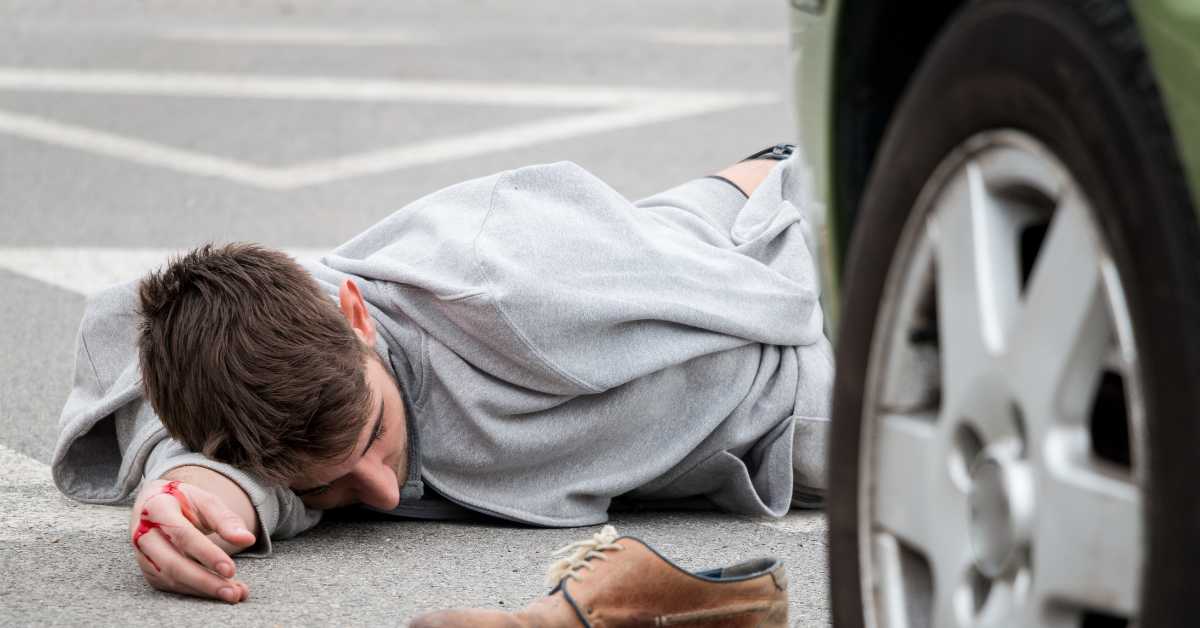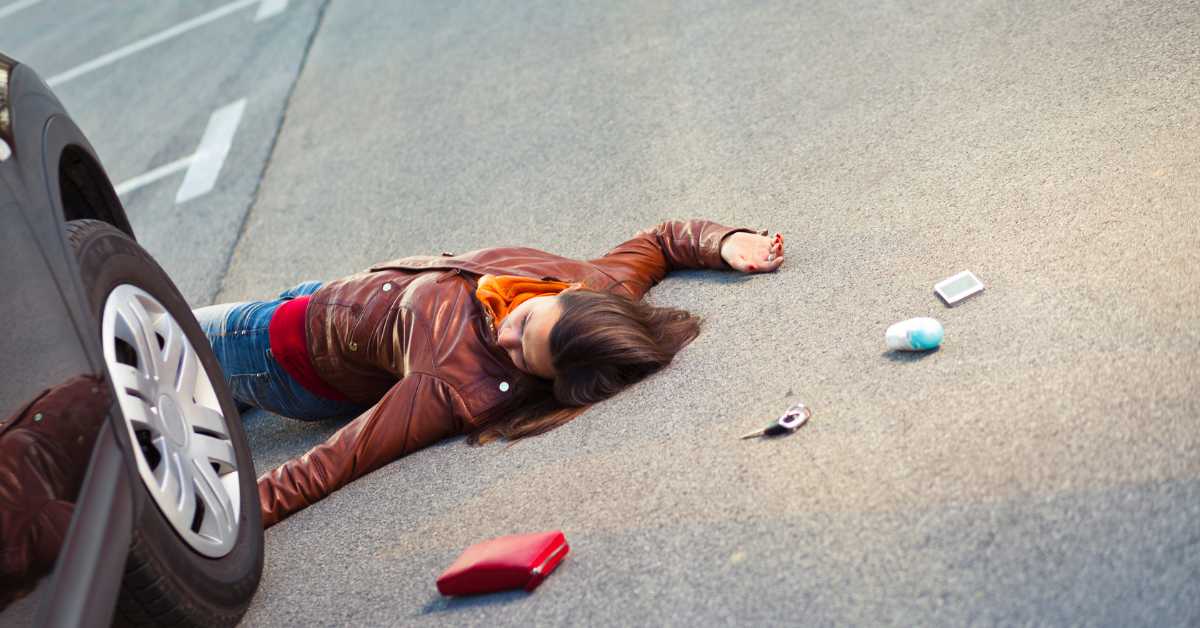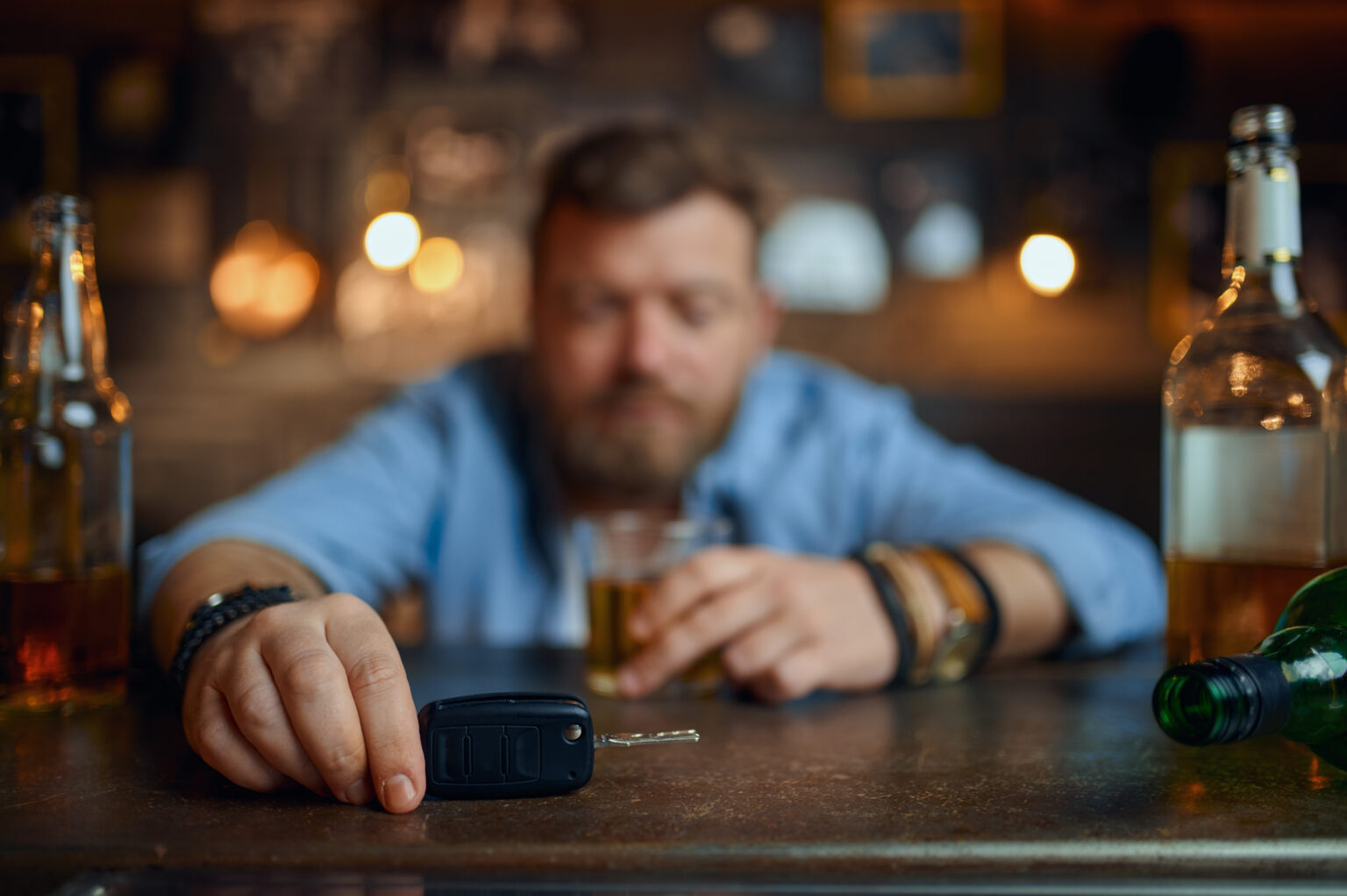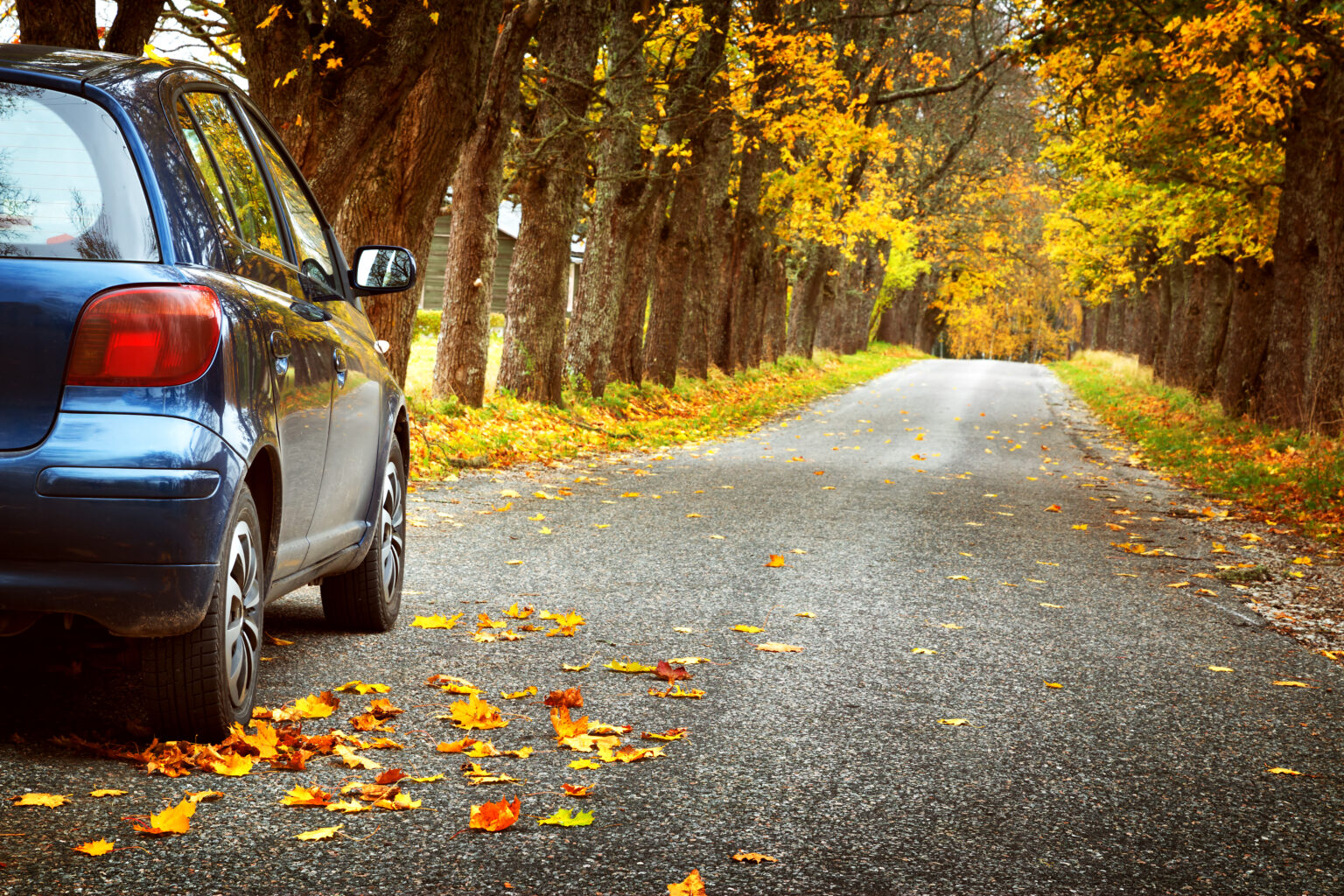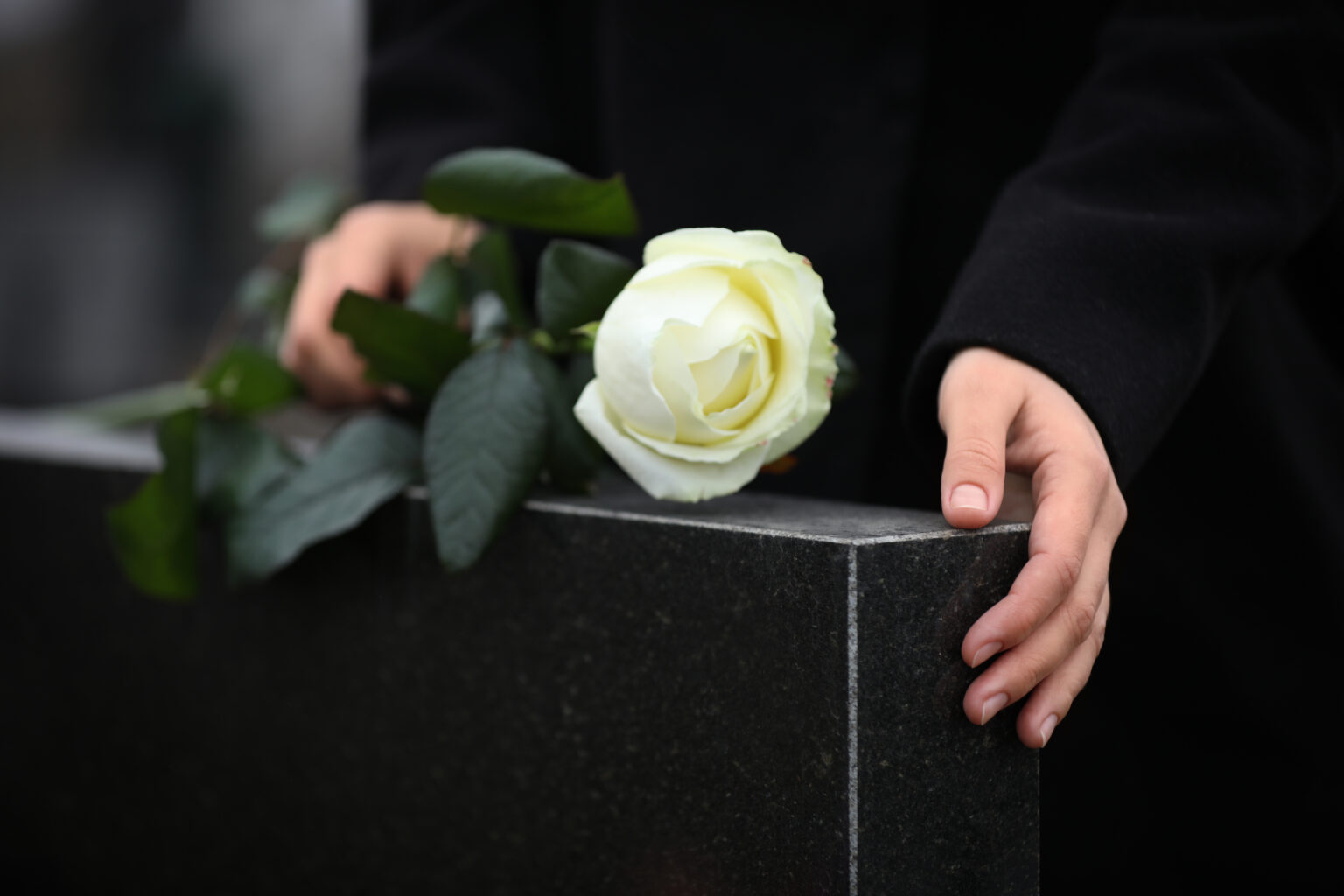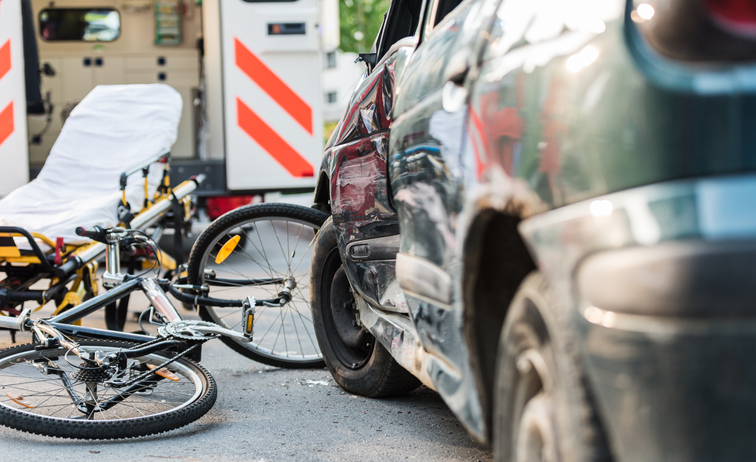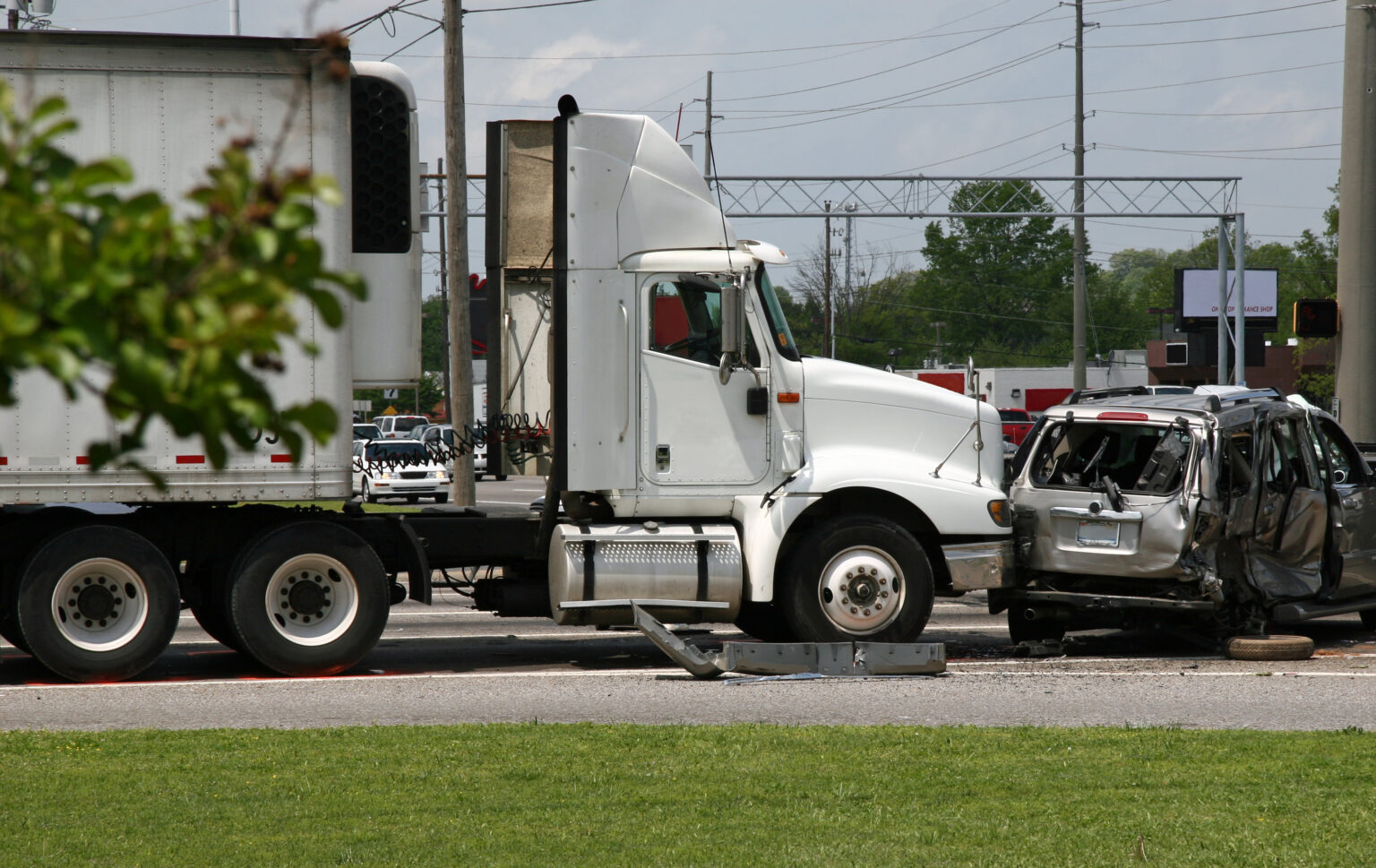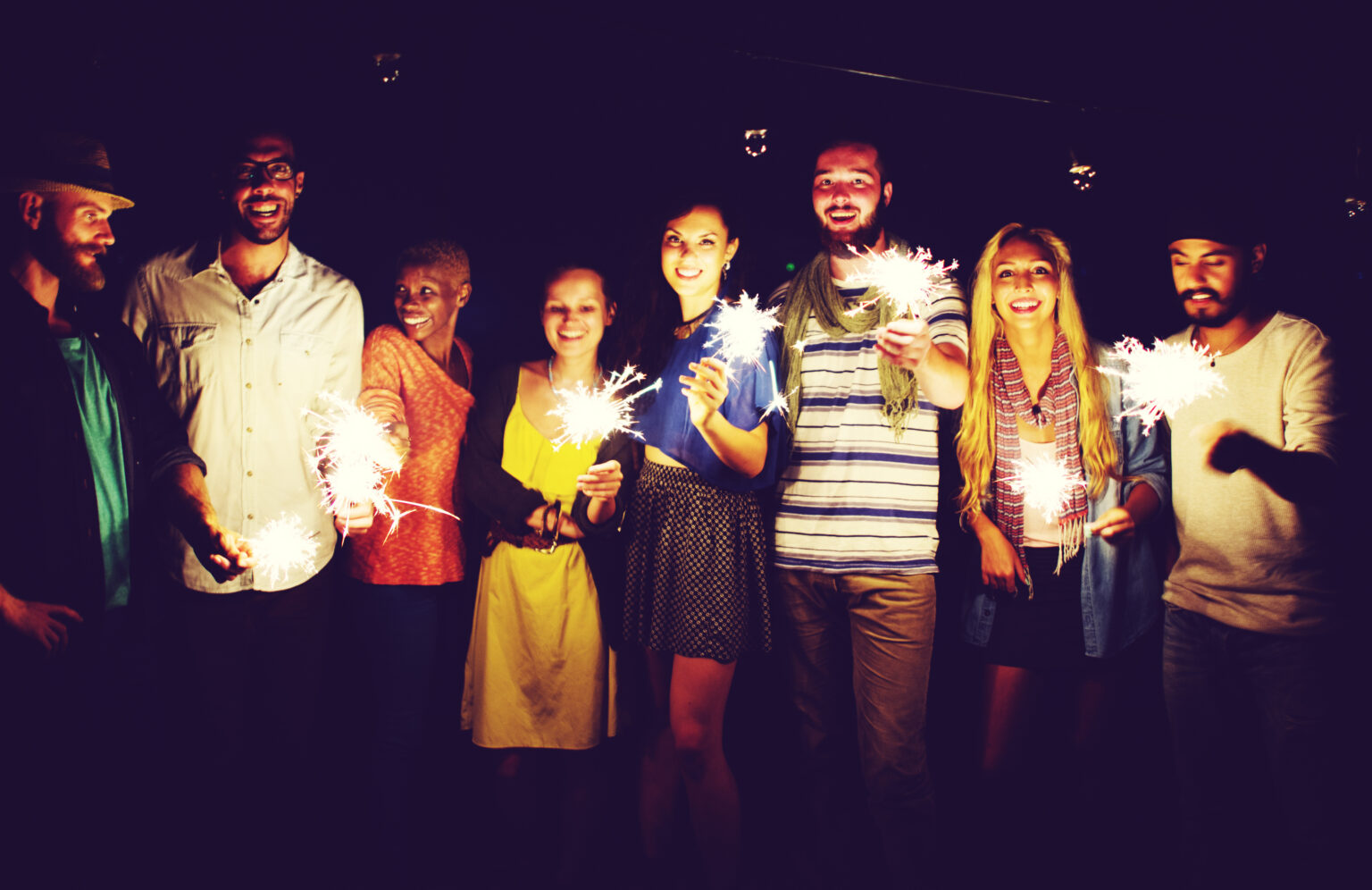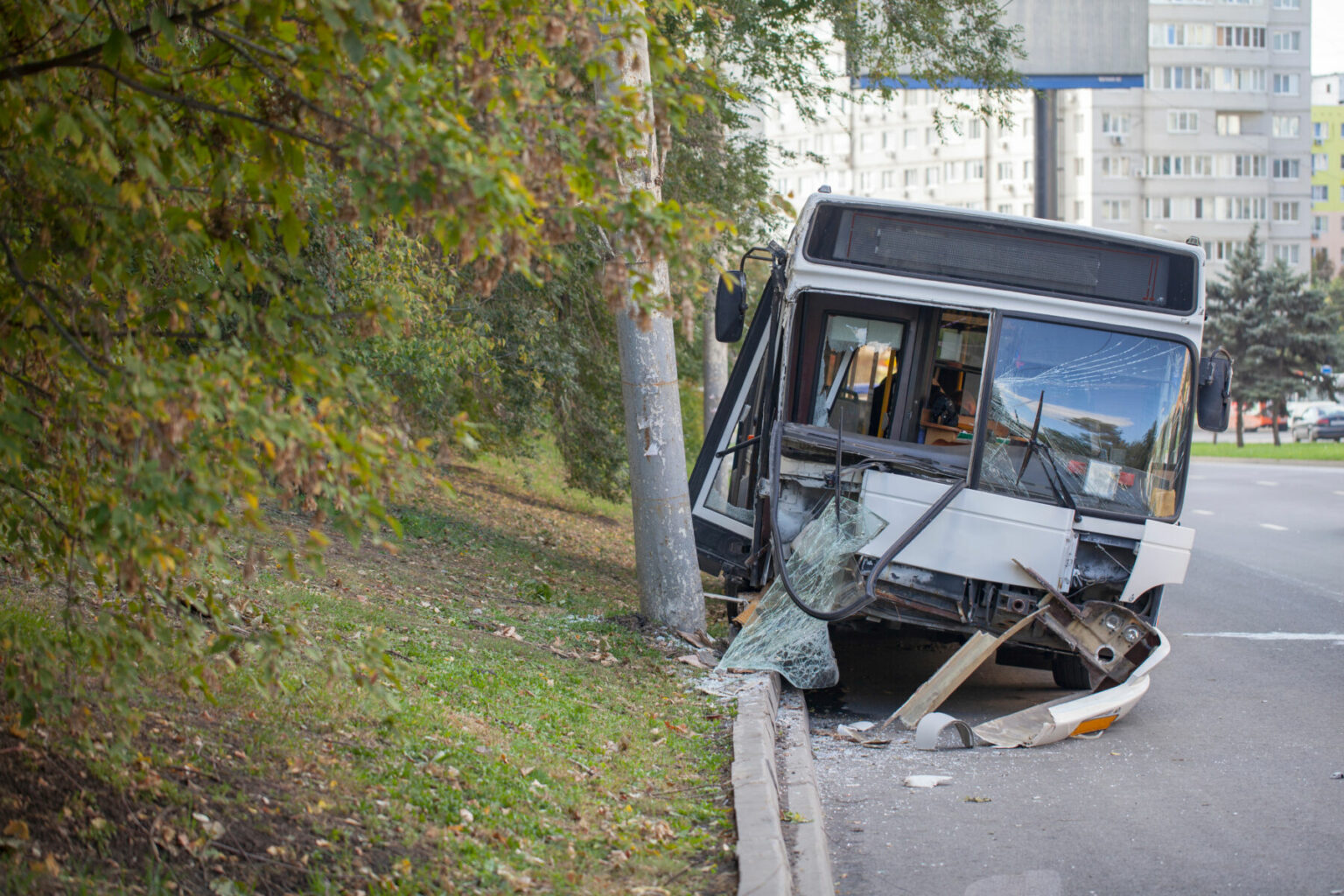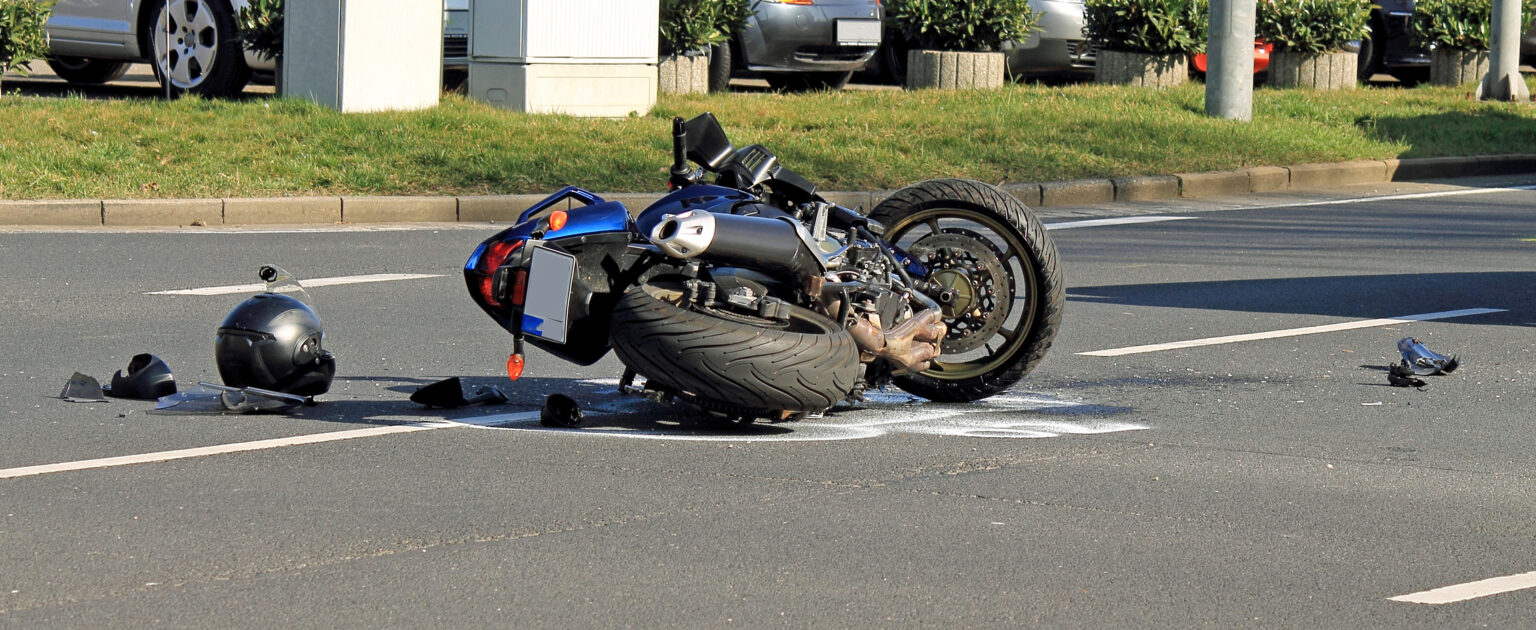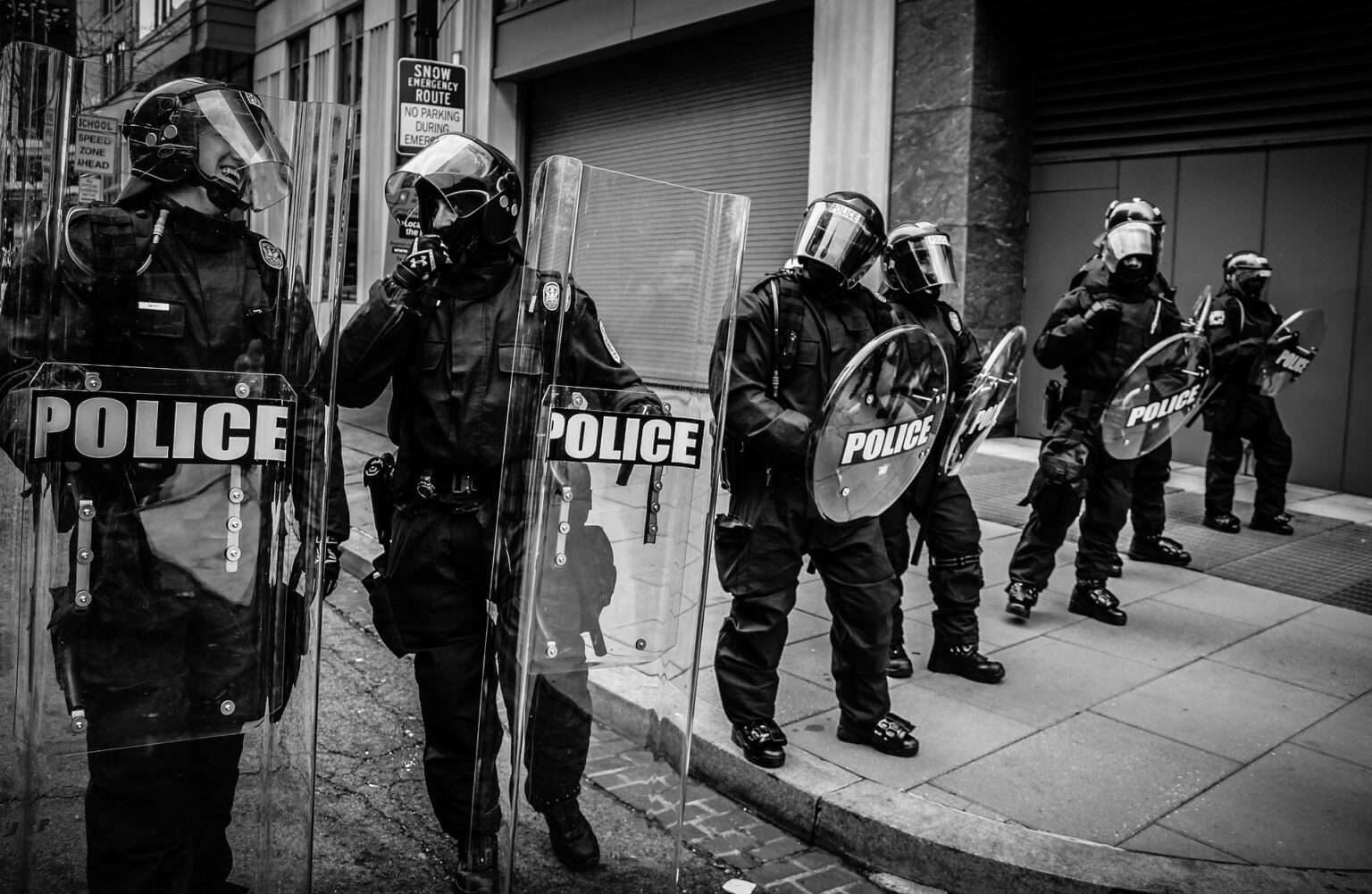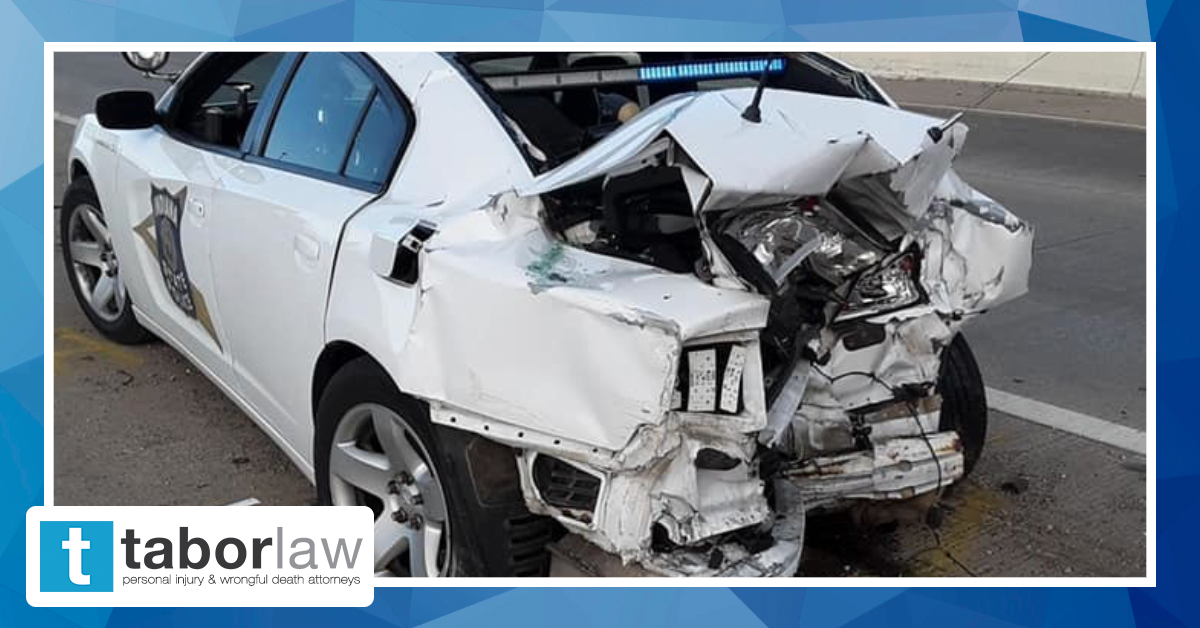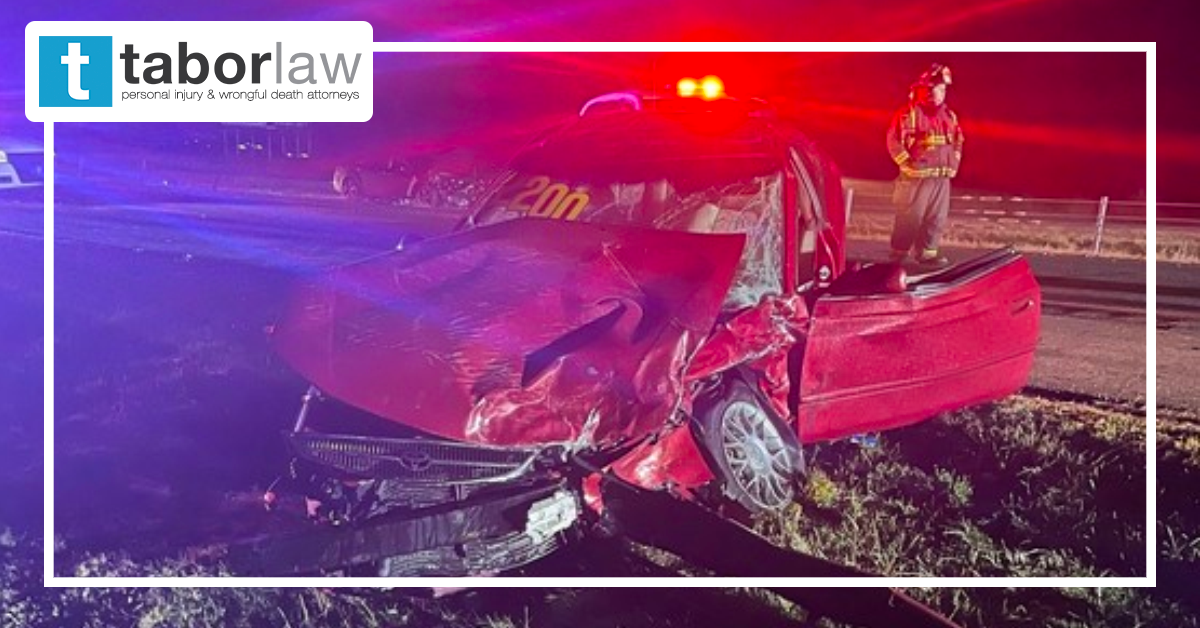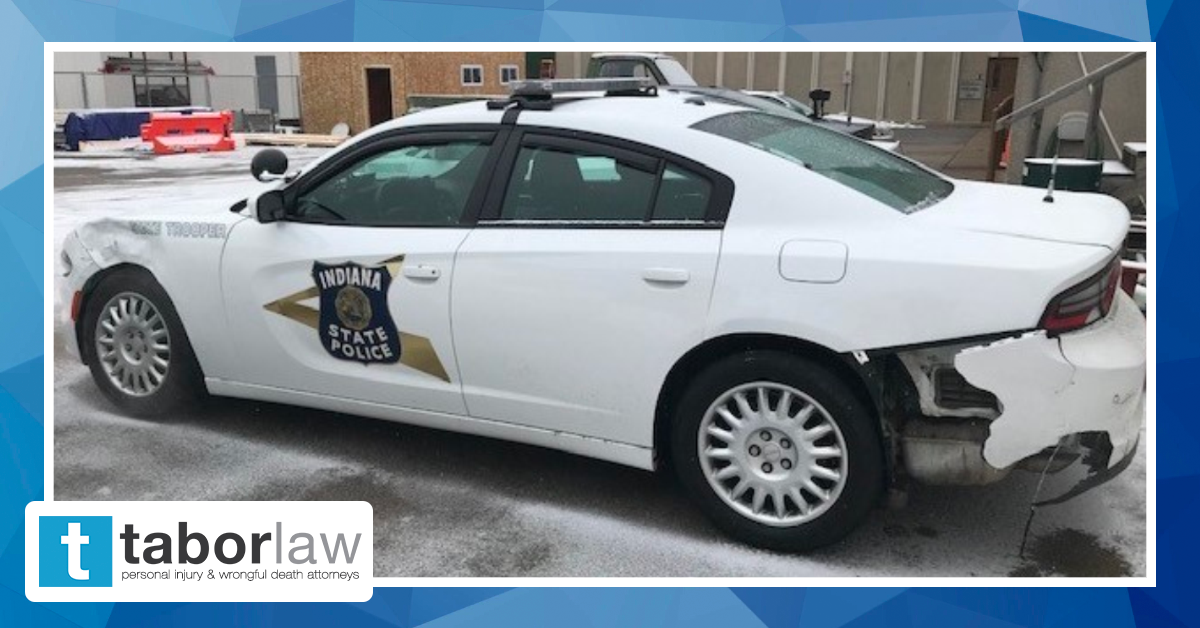What Are “Ghost Bikes,” and What Is Their Significance?

“We can do better than sacrificing people in the road.” So says a bicycle-safety advocate and commentator in a national media piece chronicling the phenomenon of so-called “ghost bikes.”
Perhaps you’ve heard of them. Perhaps you’ve even seen one by an Indiana road and pondered its meaning.
The bikes’ significance is both simple and direct. The all-white painted bicycles are left behind at fatal accident sites in the wake of those tragic events. They are physical reminders of lives lost, catalysts intended to spur reflection and promote motorists’ greater behind-the-wheel diligence.
The above-cited article likely puts it best when it notes that bike placements are “part of a global ritual bearing witness to cycling deaths.”
We all know there are far too many of those, their greatest tragedy being that most of them are entirely preventable absent third-party negligence. Reportedly, about 840 bicyclists – prominently defenseless and vulnerable – died in crashes across the United States in a recent year. Indiana riders were not exempt from that total.
The first ghost-bike placements are tied to the St. Louis area from early this century, and have progressively expanded all around the world since then, including Indiana.
“Ghost bikes make the invisible visible,” says one clergy leader who occasionally references them in her services for accident victims.
Greater public attention paid to bicycle accidents and outcomes is certainly a good thing, especially if it can have a risk-dampening effect. Questions or concerns regarding any legal aspects relevant to a bike-linked injury can be addressed to proven personal injury attorneys who advocate diligently on behalf of accident victims.
Visit Our Bicycle Community Page
Categories:
Related Blog

Pedestrian Safety in Downtown Indianapolis Has Become a Hot Topic. What Can You Do to Protect Yourself?
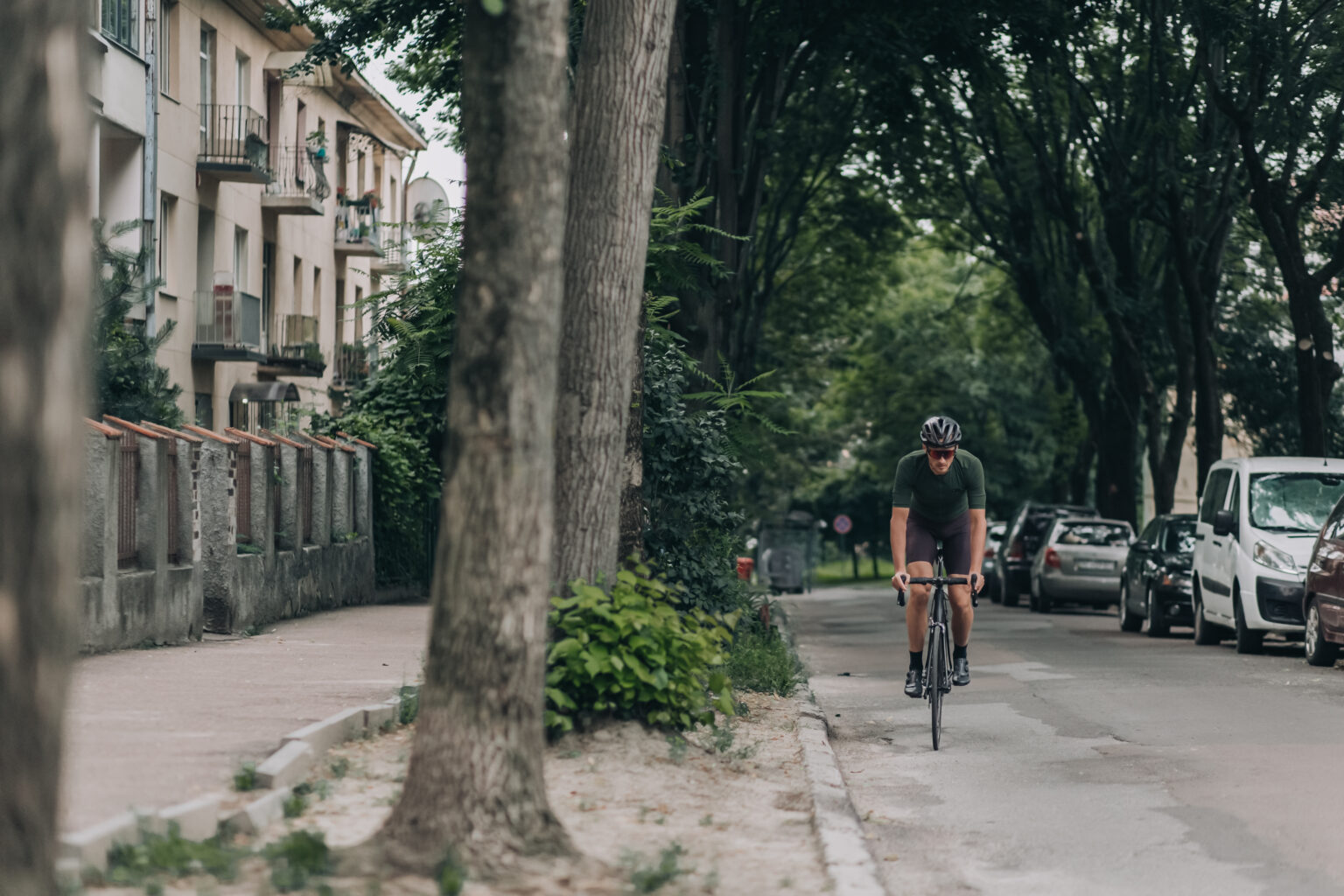
Bicycle Accidents are on the Rise in Indiana. What Can You Do to Prevent a Bicycle Accident?
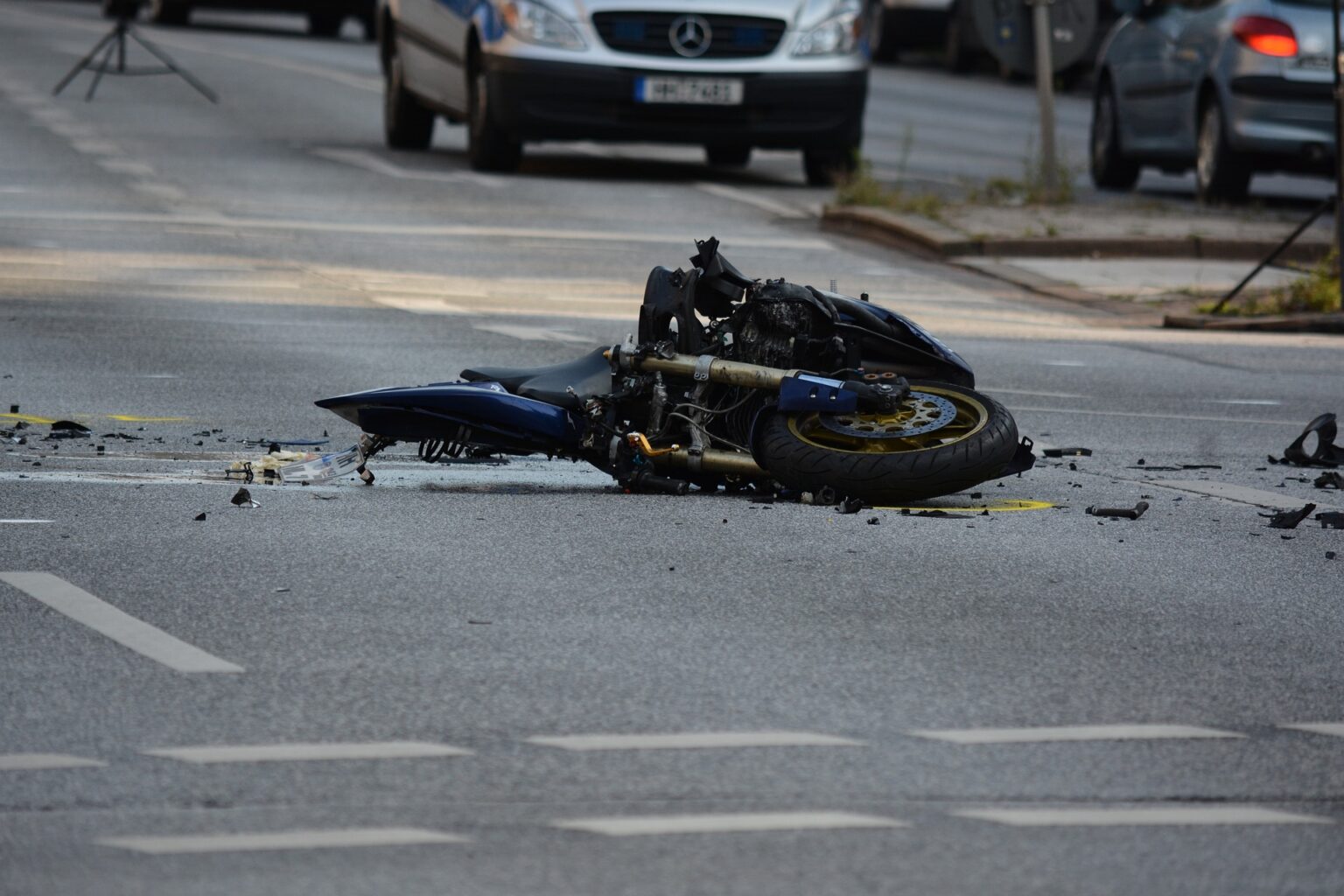
Understanding the Causes of Motorcycle Accidents in Indianapolis: An Analysis of Recent Data

Indianapolis Drunk Driving Accidents and How to Handle them with a Personal Injury Attorney

Two Mothers & Two 12-year-old Daughters Killed in Crash While Headed to Volleyball Tournament

Jefferson County Sheriffs Searching for Hit & Run Driver Who Struck 10-year-old Bicyclist



